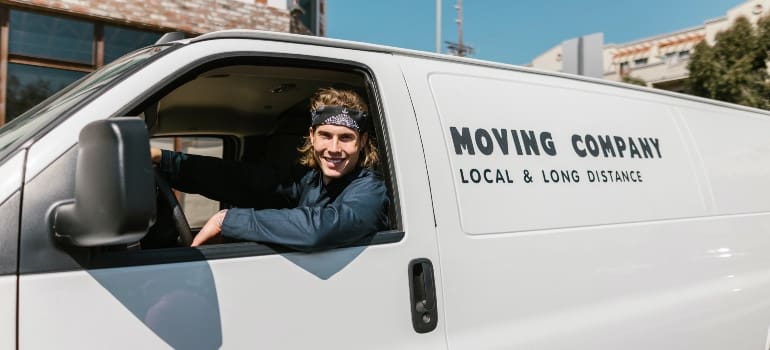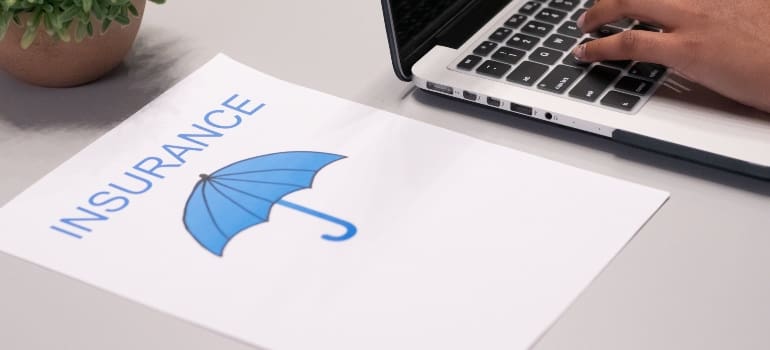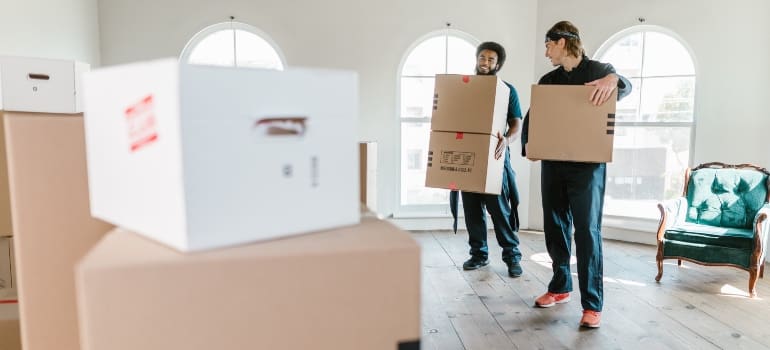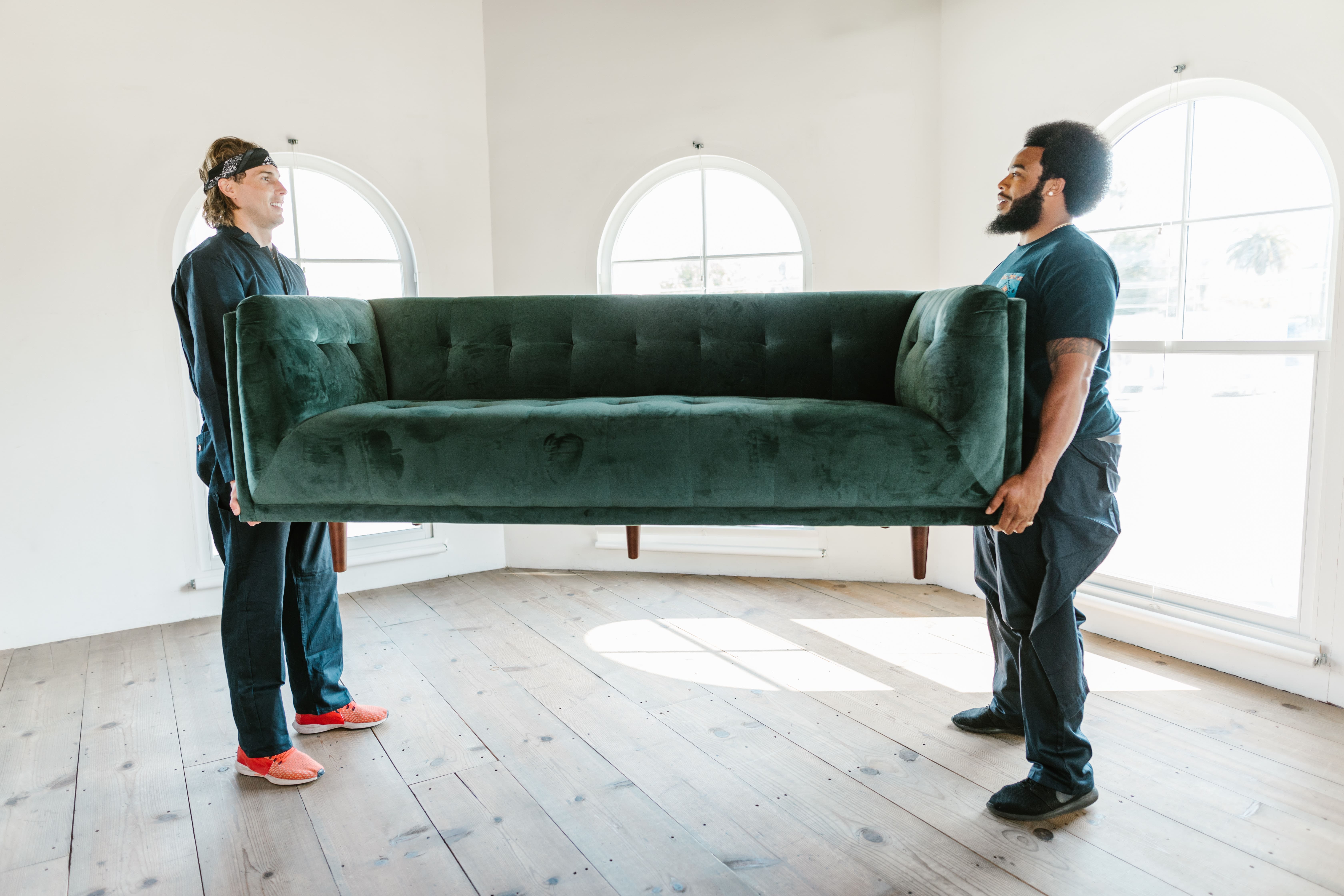Antique items are a very special type of belongings that you want to entrust only to the best in the field to pack and move for you. Particularly when you need to relocate far away. Luckily, there are ways of moving antiques and collectibles safely. Moving precious belongings is a serious and stressful task. Fragile high-value items are the most complicated to relocate effortlessly. However, with reputable professional moving and storage NYC there is no need for worrying. Your collection will be in safe hands!
Hire a professional moving company
Hiring a professional company is the best option to ensure that our priceless antique furniture remains safe while moving from one to another. Our commercial movers NYC have several years of experience in moving, so they can move your valuable furniture without a scratch. How can our professionals move furniture in an efficient manner and safely? How do they manage to protect the furniture in chaotic moving procedures? It becomes even more difficult to move when moving antiques across states. But once you take assistance from our experts, you can meet your goals successfully.

It is important to treat your antiques as your most prized possessions and handle them with extra care. You don’t want to open a box filled with broken china or find your prized furniture scratched and dented, but don’t worry help is on hand. We are here to give you some tips and hacks on how should you pack antique items when moving.
Steps prior to moving antiques and collectibles
There are steps you should take prior to packing and moving your prized possessions. This is the best way to ensure their safety during your relocation. Moving high-value items is somewhat different than regular relocation, due to antiques having larger value. It is strongly advised to plan your move in detail. Hiring fine art movers NYC will also help you have a successful and safe relocation of collectibles.
Make an inventory of antiques and collectibles you’re moving
If you have more than one or two antiques in your possession, you may want to take an inventory. List down everything you own that is high-value. Make sure to have a checklist on you, especially if you are hiring residential movers NYC to help you move. While making a list is a good place to start you should also note their current condition and take some photos. This is a safety measure so you can check for damage when they are moved to the new residence. This is a crucial step, regardless if you’re moving locally or to another state. Every single item should be clearly recorded, or you risk misplacing it accidentally and losing it in transport.
Hire a professional appraiser
Getting your antiques and collectible items appraised is a crucial part of moving them. It is helpful to have a document that is confirming their exact value and condition before relocation. This is going to be valuable information for your insurance and moving company. Make sure to find a reputable appraiser to get the best possible estimate.
Get insurance before moving antiques and collectibles
Before you start your relocation you should get all your valuable items insured. Aside from regular insurance, you should also consider purchasing removals insurance. This is meant to provide additional safety during the transport of your belongings. It is important to ask the company what exactly are they offering before choosing the best insurance option for your need.

Packing materials you should choose
Now that you have your collection organized, insured, and appraised it is time to think about the packing. When it comes to packing expensive and valuable items, you should aim for the most quality packing service NYC and the best packing supplies. If you decide to go with professional packing services you won’t have anything to worry about. However, if you prefer to DIY it, you shouldn’t try and cut costs on packing materials. Try and use high-quality ones, it will be worth it at the end of your move.
- Using acid-free paper will ensure a pH-neutral environment and will prevent corrosion or staining. Certain wrappings can damage the items.
- Different-sized moving boxes will ensure all items fit perfectly.
- Two-layer cardboard is the minimum thickness you should rely on.
- Large crockery, figurines, and statues should be packed each item separately.
- Sufficient packing materials are a priority: have as much at hand as possible, and you will easily sell or give away the rest.
- Have a good quality marker to label your boxes.

Packing your antiques and collectibles
Now that you are all set, it is time to pack up your collection before the big move. Packing is the key to moving your belongings safely. With the best packing supplies and enough patience, you will be able to pack your valuables like a professional! One last thing to do before packing is to clean the items. Before you wrap your antique items up and place them in a box, clean them first. You can use a microfiber cloth to clean them of dust. Avoid using harsh chemicals that can damage your items. Make sure that they are free of moisture before packing them up. Here is how to successfully pack!
Use the right moving boxes
- High-Quality Boxes: there are many options when it comes to packing containers; you can get new or used ones, either from someone online or from somebody who relocated recently.
- Strengthen the Boxes you have: tape the bottoms of the containers if you plan to pack some heavy or delicate belongings.
- Custom Boxes: use custom-made boxes to protect delicate flat objects, such as wall art and mirrors. You can purchase them online or through your moving company. They will also have some extra padding to offer you, too.
- Small Items in Appropriate Boxes: when packing items, pack them in boxes of the smallest size where they can fit to help avoid movement during transport. You can also use corner protection and an air-filled plastic wrap to secure them.
Label your boxes
Tag every moving box with breakable or fragile content with Handle with care! or FRAGILE! clearly, on every side. Write the comment on the box using a permanent marker or stick an adhesive label. Don’t save on these items as only top-quality labels won’t peel off in transport. Large letters will ensure that your movers will plainly see the comment and take care.

Pack Carefully
- Alert Your Movers: Make sure you inform them precisely what is fragile and what requires extra caution. Clearly mark every box and remain present to offer insight.
- Additional Layer of Bubble Wrap: This additional layer of padding on the bottom of the strengthened box will protect the items better.
- Padding and Protecting: always pack fragile items with padded or cushioned materials such as Styrofoam peanuts or bubble wrap. You can also use an old shirt, towels, or linens to protect the items. Just make sure that whatever material you use is clean!
- Concave Items: if your antique items have a hollow (like glasses, ceramics, vases, and others) it is advised that you refill them. Just squeeze the bubble wrap inside and set them in a moving container covered with bubble wrap or foam peanuts.
- Packing Wall Art: These need to be wrapped adequately and abundantly but the best way to secure them for transport is crating. A sturdy crate will prevent any object from outside to damage the fragile and valuable items inside.
- Antique Silverware: Acid-free paper is the best choice because it won’t cause the silverware to tarnish.
The don’t do list:
It is important to know which steps to avoid. Most high-quality items are usually easily damageable and fragile. Here are some of the things you should always avoid when moving antiques and collectibles to preserve their condition.
- don’t apply artificial wraps directly on wooden surfaces
- don’t use newspaper to wrap antiques as the ink may transfer and damage the items
- ducttape must never touch any antique surface as the glue will discolor it
- do not use plastic directly on wooden furniture: plastic can trap moisture, which can lead to some costly damage. Instead, you can use moving blankets.
A couple of final notes
In case you plan to store your antiques or you aren’t sure how to safely move them alongside your other belongings, don’t hesitate to ask for professional assistance. It took experts years of experience to devise the best practices in packing and moving. Hence, a professional inspection of your collection may be the only method to guarantee that no harm is done during your home relocation. It is vital to prepare and be patient to maintain the quality of your items, particularly when moving antiques and collectibles cross country.

